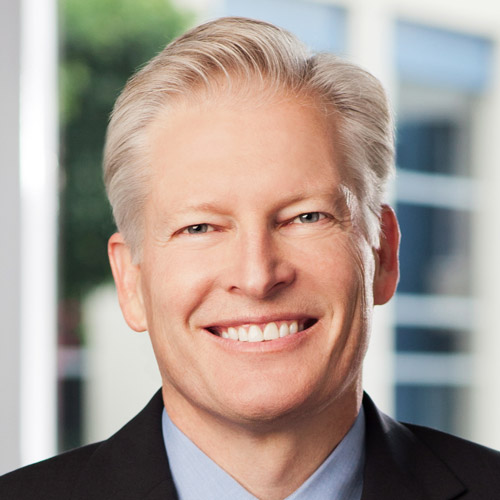
By 2021, data use by cellphones will exceed that of PCs. That same year, video-on-demand usage will be double what it was in 2016. And, by 2020, cloud computing, which can analyze everything from your taxes to your buying habits to how traffic is flowing on your commute to work, will increase by a factor of 3.7, a growth rate of 3.9 zettabytes (ZB) per year.
All these technologies require data centers. And companies such as QTS Realty Trust are building those data centers as fast as they can. People such as Matt Tyndall, QTS’s executive vice president of property development and procurement, use the word “hyperscale” to help others understand the pace of market-need growth.
“Hyperscale means we have to build new, greenfield solutions,” Tyndall says.
Tyndall makes the distinction between greenfield and brownfield sites in part because his company originally focused on repurposing existing structures that provided neat and environmentally friendly solutions. But as businesses and consumers have ramped up their use of social media, e-commerce, videos, the Cloud, and devices connected to the Internet of Things, the pace has quickened.
NFL City Data Centers
QTS was founded in 2003 as a real estate investment trust with a single data center in Kansas. Today, the company owns and operates 25 data centers, which collectively comprise 5.7 million net rentable square feet serving more than 1,100 clients.
Most of these data centers are located in what Tyndall calls “the NFL cities.” Essentially, data processing can be done anywhere, but it should ideally happen near where businesses operate. Larger cities have the necessary infrastructure, including fiber-optic networks and multiple power suppliers, as well as a skilled workforce. But some locations are chosen because of their large, existing buildings that can be converted from a previous use, typically something from the old analog economy.
One perfect (and poignant) example is the conversion of the Chicago Sun-Times’ printing plant. The paper is still published daily, but declining circulation in 2011 led it to close its plant and share presses with its cross-town rival, the Chicago Tribune. But while print was dying, digital news and other communications were rising fast. This led to QTS’s acquisition of the Sun-Times’ 29-acre printing site, with its 317,000-square-foot building.
Going Green
The conversion from old to new typically takes between four and six months, Tyndall says. Speed to market is important, and it’s usually faster to repurpose an existing structure than to build new, which can take six months to a year. Other buildings that have been repurposed by QTS are in Atlanta (an old Sears distribution center), Dallas, and Richmond (former semiconductor-chip manufacturing plants in these latter two). In all, the company has repurposed a dozen buildings.
As most green builders would attest, salvaging a building and giving it a new, productive life tends to be the most sustainable solution. The embodied energy in new building materials, including the cost of transporting concrete and steel, makes old buildings attractive from a carbon-footprint perspective alone.
The buildings have to be solid and able to withstand hurricane- and tornado-force winds because the costs of failure and shutdowns are enormous. The Ponemon Institute, a digital-security research organization, found that the average cost of an outage is close to $750,000 per incident.
Land and energy costs are also determining factors. Raw real estate in those NFL cities tends to cost more, particularly in the most densely populated areas. There, the tendency is to build up, not out, with two- and three-story structures. In places with lower-cost land, including Phoenix and Fort Worth, Texas, single-story data centers are more common. Regions with lower temperatures—there are QTS data centers in Chicago, Toronto, London, and Amsterdam—offer lower cooling costs, an important advantage in containing operating costs. But, better cooling technologies have diminished that factor such that Phoenix, Sacramento, Miami, and Atlanta, near the QTS corporate headquarters, are viable homes for data centers.
LEED for Speed
To meet market demand and satisfy investors, QTS has built more than a dozen ground-up data centers. Even in new builds, though, sustainability is important to Tyndall. “Every facility is LEED certified from Silver to Platinum,” he says. “We keep consistent with Energy Star principles. We provide value to customers, and our focus is on sustainable solutions that are most cost effective.” He points out that the economics of building and repurposing vary from site to site. “Greenfields can be much easier when we don’t have to deal with adverse existing conditions,” he says. “Brownfields can be faster, but they can have surprises. More planning is required before going to work.”
Tyndall says the company is not abandoning its interests in old-structure conversions, though. “That’s in our DNA,” he says, adding, “There still can be cost advantages in repurposing.”
One imagines the shift from newspapers to screens and from shopping malls to e-commerce will offer up some more attractive sites in the foreseeable future. “Speed to market is the key,” Tyndall says. “That’s what hyperscale is all about.”
Photos: Courtesy of QTS, Steve Hebert Photography


